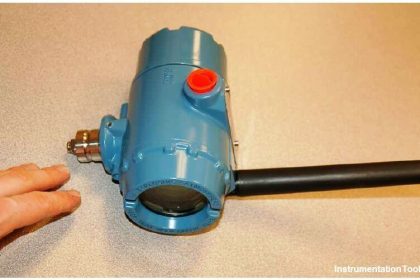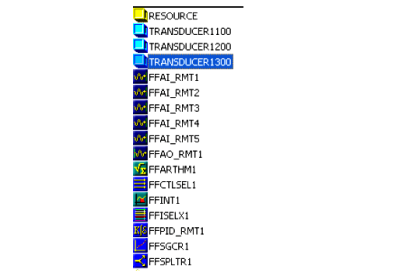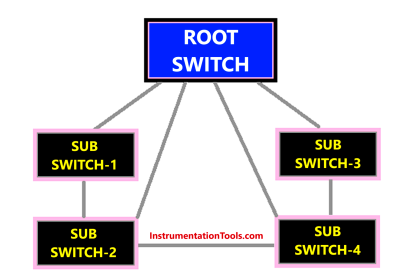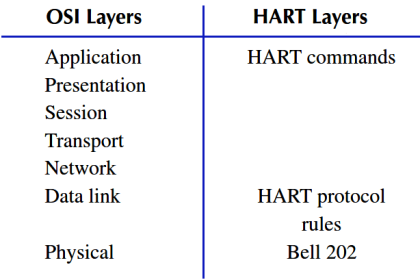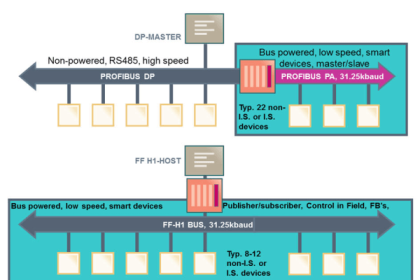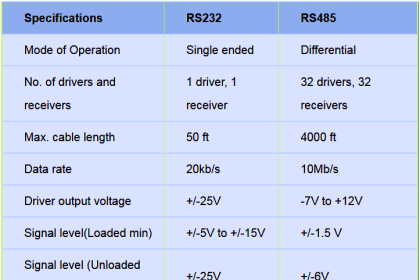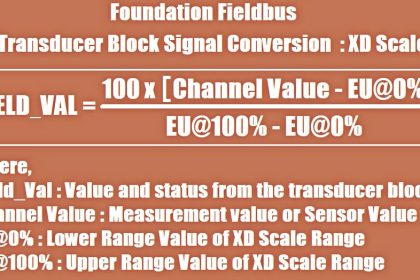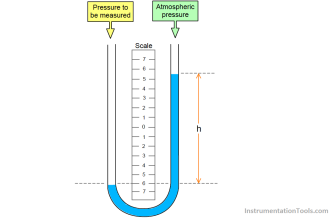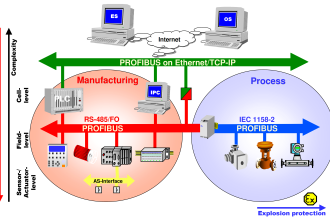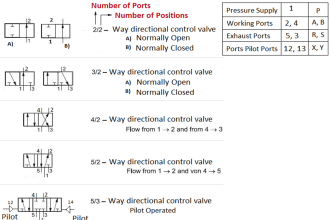When we see two of the most used industrial communication protocols in the market for high-speed and large-scale data networks, no name comes apart from Ethernet IP and PROFINET. Both are widely popularised for great scalability, high speed, and data robustness. So, engineers often get confused as to which one to choose when working with protocols, as both sound similar in operation. In this post, we will see the difference between Ethernet IP and PROFINET.
What is the Ethernet IP protocol?
Ethernet IP is a communication protocol developed by CI (ControlNet International) and ODVA (Open DeviceNet Vendors Association), which is now managed by Rockwell Automation and works on Ethernet hardware. It is a real-time communication system that works in the producer-consumer architecture and is based on CIP (Common Industrial Protocol). Due to this, the messages are sent in the form of classes, attributes, and groups between two devices. The messages can be sent by the producer either periodically or on an event-based basis, irrespective of whether the consumer is present in the network or not. Two types of messages are communicated in Ethernet IP – implicit (for IO data) and explicit (for configuration and diagnostics). The devices are identified through IP addresses.
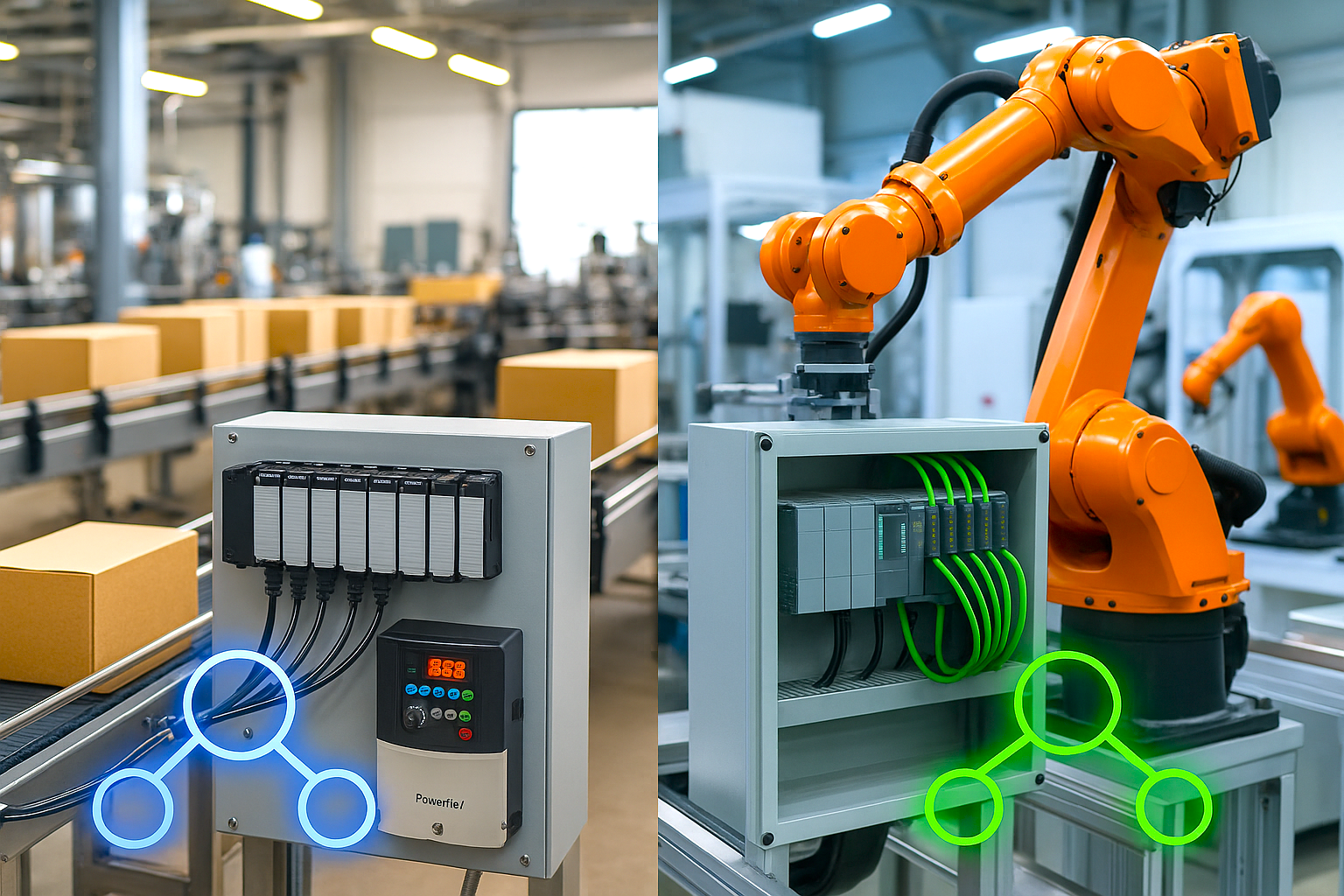
What is PROFINET?
PROFINET is a communication protocol developed by Siemens Automation and works on Ethernet hardware. It is a real-time communication system that works in the producer-consumer architecture. The messages can be sent by the producer either periodically or on an event-based basis, irrespective of whether the consumer is present in the network or not. The devices are identified through direct names as a primary thing, apart from IP addresses. PROFINET works on two types of speed: RT (real time) and IRT (isochronous real time). RT is similar to the working of Ethernet IP, but IRT directly skips the higher OSI layers and instead deals with the lower layers of hardware for communicating messages. This increases the speed and accuracy to a very high level.
Ethernet IP vs. PROFINET
Communication speed
Both protocols are real-time communication, but PROFINET is the fastest of the two. This is because of RT and IRT. RT sends frames of Ethernet packets directly without TCP or UDP overhead, which makes it possible to skip the transport layer (4) of the OSI model. IRT directly sends data through layer-2, through the use of precision time protocol (PTP), which is used to synchronize the clocks of all devices in the network, so that all of them function in the same time strictly. So, IRT is the fastest of the three, with a time of less than 250 microseconds. Ethernet IP sends messages of Ethernet packets with TCP or UDP overhead, thus making it a little bit slower than all three types.
Application
As PROFINET is the fastest of the two, it is highly preferred for motion control applications, where speed and accuracy are a must. As the response time is typically less than 1 millisecond in PROFINET due to the use of RT and IRT, motion robots prefer this communication for accurate synchronization of movements and high speed of operation. Ethernet IP will be a lesser choice in such swift applications, though it is still very fast for applications other than that. Also, one thing to note is that PROFINET requires GSDML files in software for the supporting device, whereas Ethernet IP requires ESD files in software to support any application.
Requirement of special switches
Though not Ethernet IP and RT, but IRT requires specialised IRT network switches and interface cards for running this communication. Standard network switches and routers cannot run IRT. This makes IRT the costliest of all the three.
Management, software, and regions of application
Ethernet IP is managed by Rockwell Automation, requiring their supporting software and is widely used in North American markets. PROFINET is managed by Siemens Automation, requiring their supporting software and is widely used in European markets.
Both protocols are designed for swift and reliable operation out of the many protocols available in the market, but it entirely depends on the type of application to use. If we look, they only differ in speed a little bit and network configuration. Apart from that, both protocols are suitable for high-speed communication.
In this way, we saw the difference between Ethernet IP and PROFINET.
Read Next:
- Difference Between BOOTP and DHCP
- BACNet IP vs. BACNet MS/TP Comparison
- Network Switch Requirement in SCADA
- Basic Industrial Communication Networks
- Network Switch Port Allocation Details
